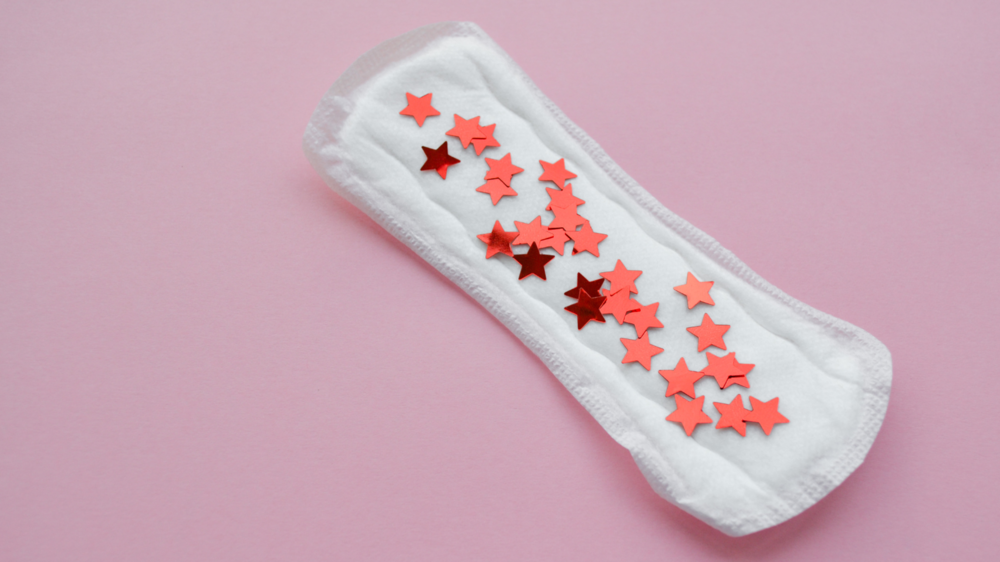While mild to moderate bleeding is normal after delivery, it is the heavy bleeding that demands urgent medical attention. Understanding what causes it, what to look for, and how doctors manage it can help you stay calm.
In this article:
What Is Considered Excessive Bleeding After Delivery?
You may lose blood after delivery, as your uterus clears out the remaining blood and tissues. It is called lochia and may last up to 6 weeks. The colour also changes slowly from bright red to brown or yellow over time.However, the worrying thing is bleeding more than 500ml after a vaginal birth or more than 1,000 ml after a C-section. This condition is called postpartum haemorrhage (PPH). It occurs in about 1 to 5 out of every 100 births. But it is treatable if it is detected early.
What Causes Excessive Bleeding After Delivery?
Several reasons may contribute to heavy bleeding after childbirth.Uterine Atony – When the Uterus Doesn’t Contract Properly
Your uterus contracts after delivery to stop the bleeding from the blood vessels where the placenta was once attached. However, it may remain soft or atonic in some cases, which is responsible for postpartum haemorrhage in nearly 70-80% of cases.It can happen due to the reasons mentioned below:
- Prolonged or very fast labour
- Delivery of twins or a large baby
- Using certain medications during labour
- Overstretching of the uterus
Retained Placental Tissue
A small piece of the placenta or membranes may remain inside your uterus after delivery in some cases. It prevents your uterus from contracting properly, leading to bleeding.Your doctor may perform an ultrasound to check whether there is any tissue if your bleeding does not slow down after childbirth.
Birth Canal Injuries
Sometimes, the uterus may contract fully, but there can be a tear in your cervix, vagina, or perineum. The tear can bleed heavily if your injury was caused by any of the following factors:- You had a quick or forceful delivery
- Instruments like forceps or a vacuum were used
- The baby was bigger than average
Blood Clotting Disorders
Bleeding may not stop in very rare cases due to a condition that prevents the formation of clots. It includes disseminated intravascular coagulation (DIC), preeclampsia, or certain medications that may affect your body’s ability to stop bleeding naturally.Anaemia
If a mother has low haemoglobin levels before giving birth, her body may not be able to handle even normal blood loss during labour. Because of this, anaemia can make bleeding after giving birth seem worse or slow down healing.Infections
Infections in the uterus or nearby tissues after giving birth might make it hard for the uterus to contract and heal normally. This could create inflammation, stop the uterus from shrinking appropriately, and lead to bleeding that doesn't stop or is too much.What Are the Warning Signs of Excessive Bleeding?
You may wonder how to identify excessive bleeding. The following signs might help:- Soaking a pad for an hour or less
- Passing large clots (bigger than a golf ball)
- Feeling dizzy, weak, or faint
- Rapid heartbeat with shortness of breath
How Do Doctors Manage Excessive Bleeding After Delivery?
The treatment for postpartum haemorrhage depends on the cause and severity. Medical teams follow a step-by-step approach to stop the bleeding and stabilise you.Medications to Help the Uterus Contract
Drugs such as oxytocin, misoprostol, or ergometrine are given to encourage strong uterine contractions, which can squeeze your blood vessels to reduce bleeding.Manual Uterine Massage
Doctors or nurses may massage your uterus through the abdomen to help it firm up and contract. It can be a bit uncomfortable, but it manages to stop bleeding.Removing Retained Placental Tissue
Your vagina or cervix may tear in the process of childbirth, but it is quickly fixed with the help of stitches under anaesthesia to stop bleeding.Repairing Tears
The injuries in your vagina or cervix are quickly fixed with the help of stitches under anaesthesia to stop bleeding.IV Fluids and Blood Transfusions
You may receive IV fluids or a blood transfusion if the loss was significant. It will restore your strength and maintain your blood pressure.What Can You Do to Prevent or Reduce the Risk?
You can take steps to reduce the chances of heavy bleeding postpartum.- Attend all your check-ups to monitor blood pressure, anaemia, and clotting
- Keep your iron levels up by eating more iron-rich foods like spinach, lentils, and jaggery, so that your body prepares for blood loss during delivery
- Discuss your birth history if you have had heavy bleeding before. Your doctors can take extra precautions in such cases.
- Get proper nutrition to recover faster
Emotional and Social Aspects
Childbirth is not easy, and heavy bleeding can only add to the mental ordeal of the whole situation. You may lose a lot of blood, which can make you weak. You may worry about bonding with your baby. It is okay to ask for help in such times from your loved ones. They can comfort you and help you make a faster recovery.What To Do Next: Your Quick Checklist
- Monitor your bleeding regularly after discharge
- Note any sudden increase in flow or clot size
- Call your doctor if you feel dizzy or weak
- Continue your iron supplements if your doctor prescribes them
Whether you’re pregnant, a new mom, or navigating postpartum, you don’t have to do it alone. Join our support group to connect, share, and support one another.
FAQs on What Causes Excessive Bleeding After Delivery and How It’s Managed?
- How long is bleeding normal after delivery?
Postpartum bleeding can last up to six weeks, but it slows down. Contact your doctor if the bleeding remains bright red even after a few days. - Can postpartum haemorrhage happen days after giving birth?
PPH can occur even after 1-2 weeks of delivery due to retained tissue or infection. So, visit the hospital for medical care if you notice fresh bleeding after the bleeding has been reduced. - Does excessive bleeding affect breastfeeding?
Heavy blood loss may cause fatigue and delay milk production. You can breastfeed with medical support, iron supplements, and rest.










